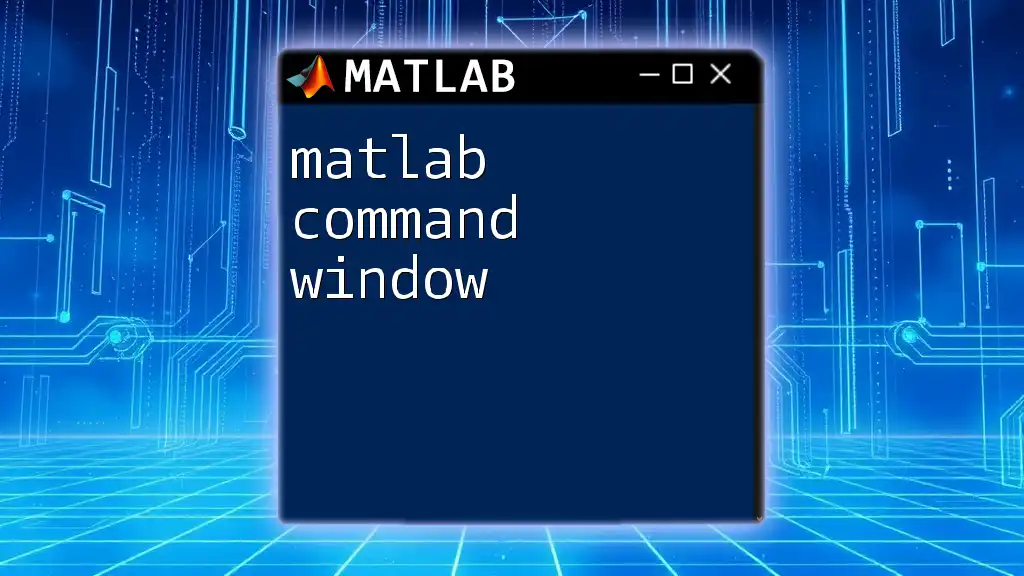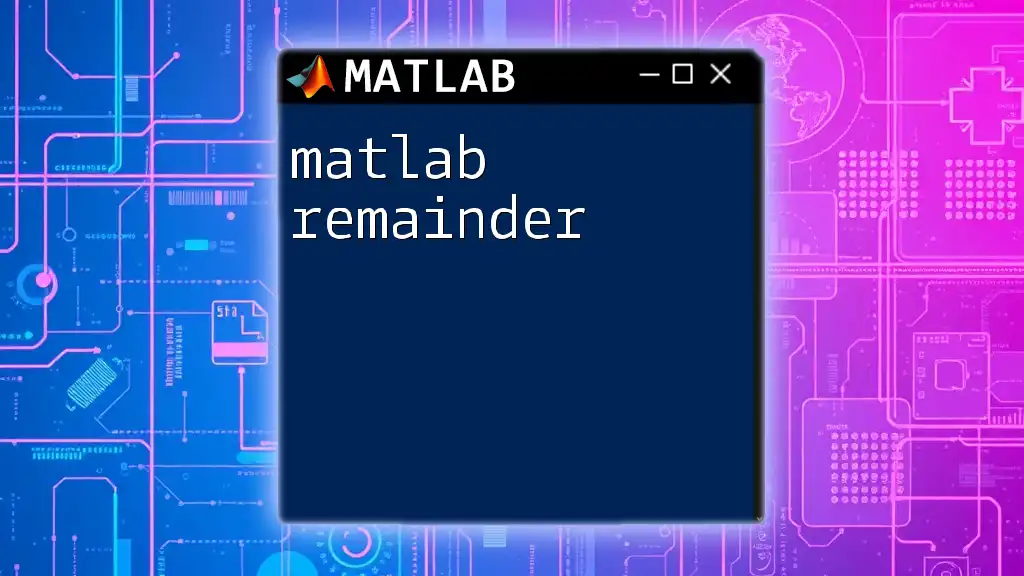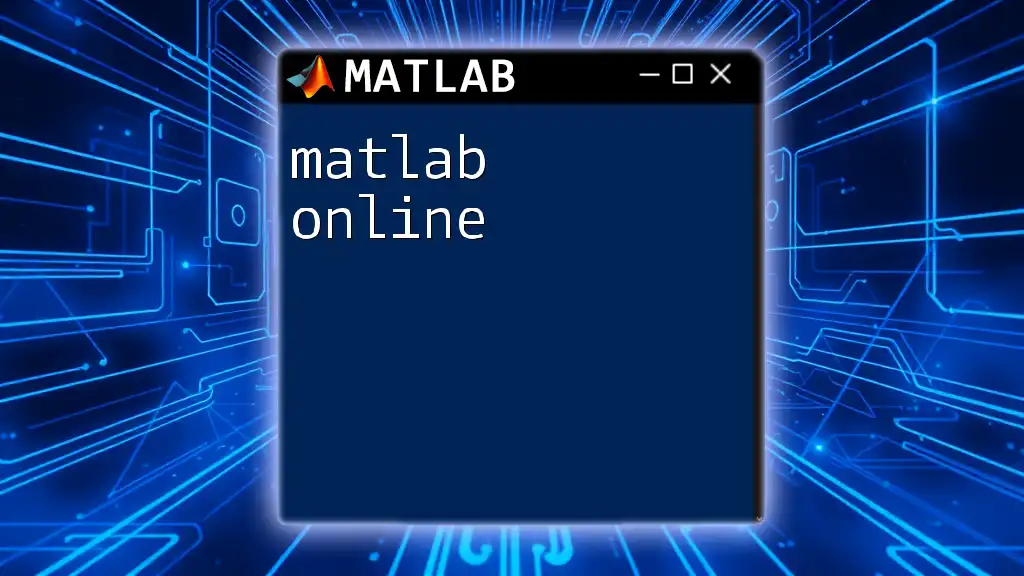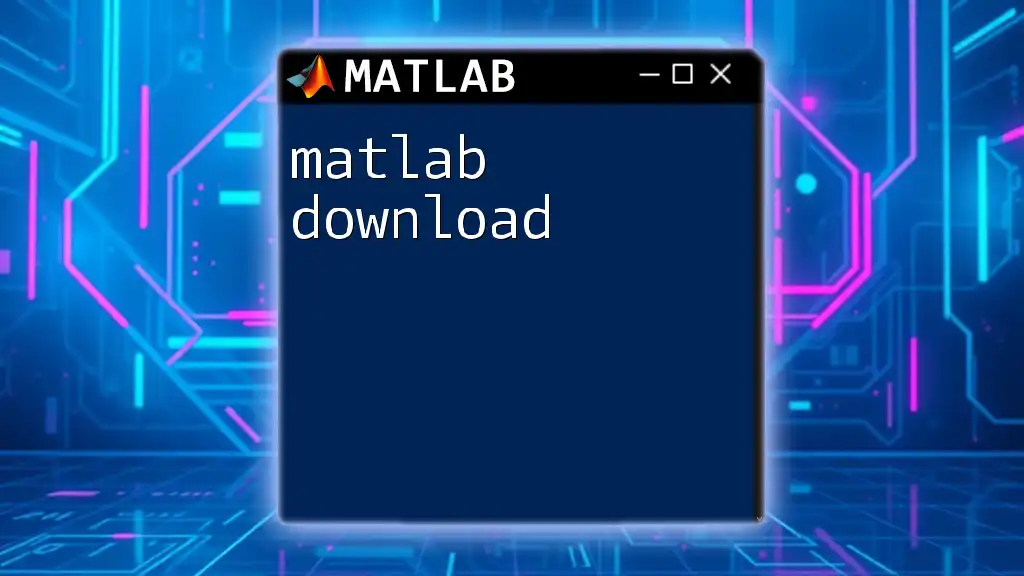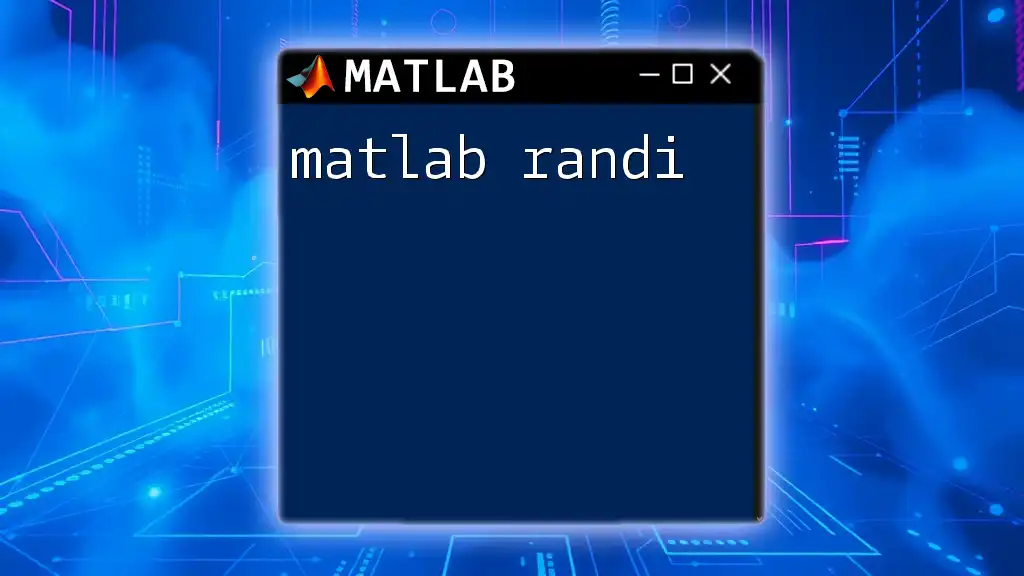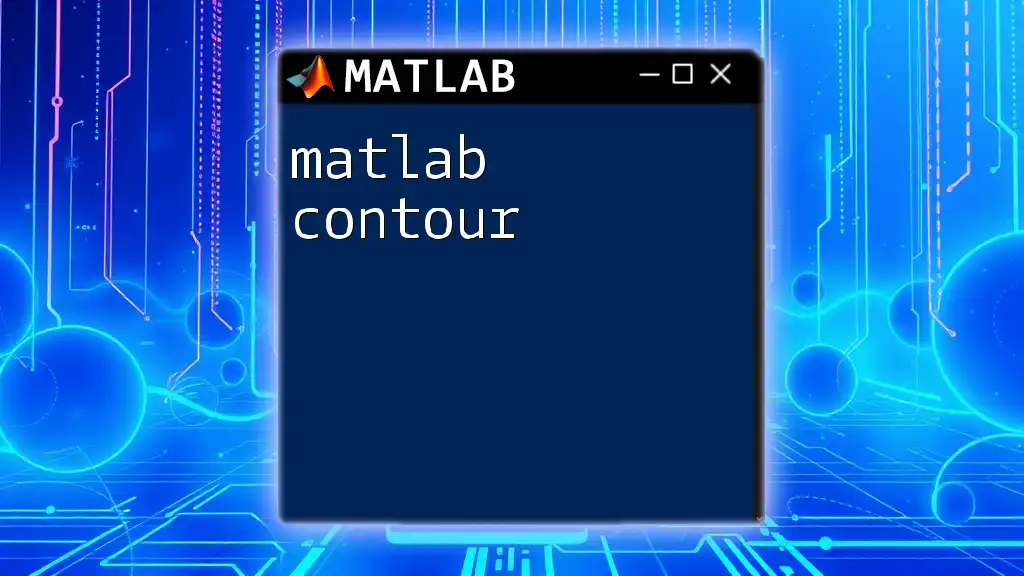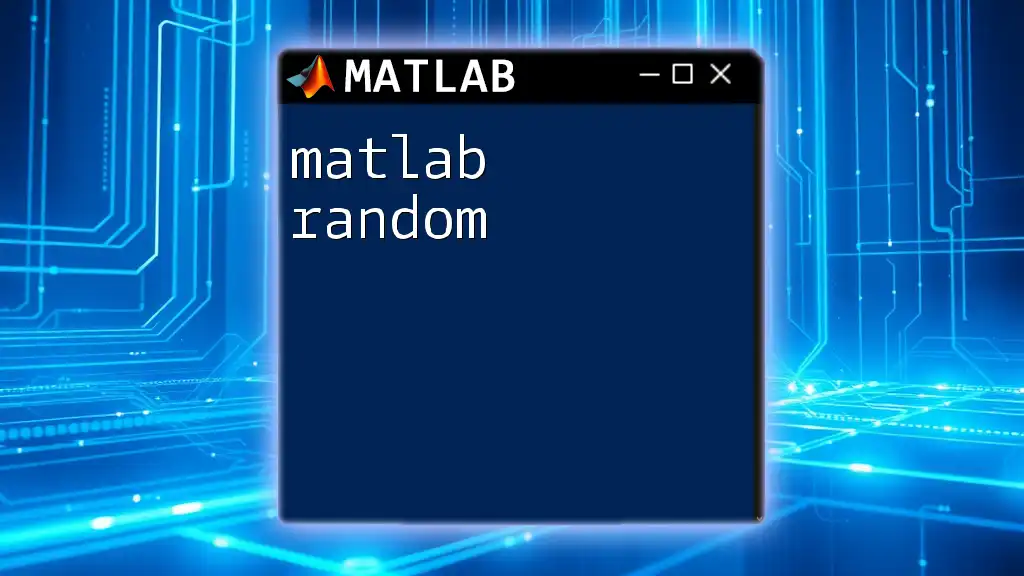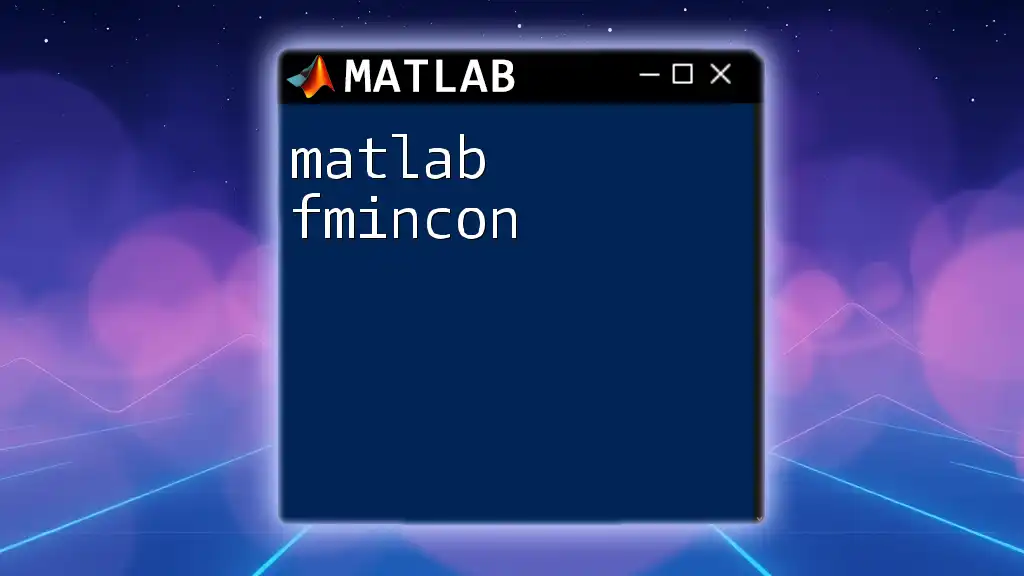The MATLAB Command Window is an interactive environment where users can enter commands, run scripts, and see results immediately, allowing for quick testing and debugging of MATLAB code.
Here’s an example of a simple MATLAB command that calculates the square of a number:
num = 5; % Define a number
square = num^2; % Calculate the square
disp(square); % Display the result
Understanding the MATLAB Environment
Overview of MATLAB IDE
The MATLAB Integrated Development Environment (IDE) is composed of several components that help users interact with the software seamlessly. Among these components, the Command Window plays a crucial role. It serves as the primary interface for executing commands, performing calculations, and testing scripts on the fly. Understanding the various components of the IDE will enhance your ability to leverage the capabilities of the MATLAB Command Window.
Navigating the Command Window
When it comes to navigating the MATLAB Command Window, both mouse and keyboard shortcuts can significantly improve your efficiency. Using the Arrow Keys allows you to scroll through your command history, while Ctrl + C quickly cancels a running command.
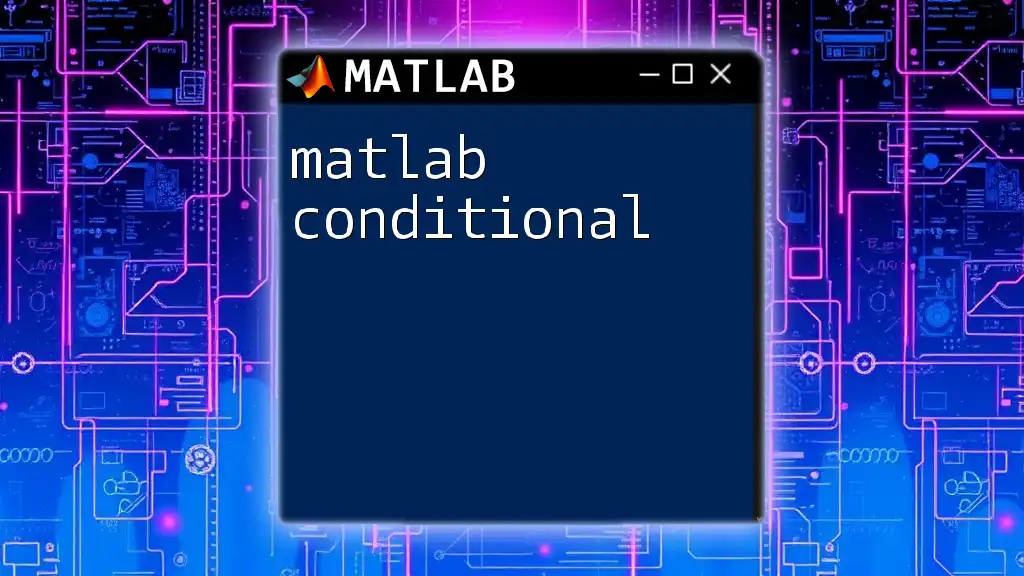
Basic Features of the Command Window
Input and Output
Executing commands in the MATLAB Command Window is straightforward. You can enter commands directly, making it an ideal tool for quick computations. Consider the following simple arithmetic operation:
>> a = 5;
>> b = 10;
>> c = a + b
In this example, the user creates two variables, `a` and `b`, and then calculates their sum. When you run this command, MATLAB automatically displays the result:
c = 15
This direct feedback is one of the key advantages of using the Command Window.
Command History
The Command History feature allows you to access previously executed commands easily. By using the up and down arrow keys, you can navigate through your command history, making it simple to rerun or modify past commands. If you need to execute a specific command again, this feature saves time and effort, particularly during extensive coding sessions.
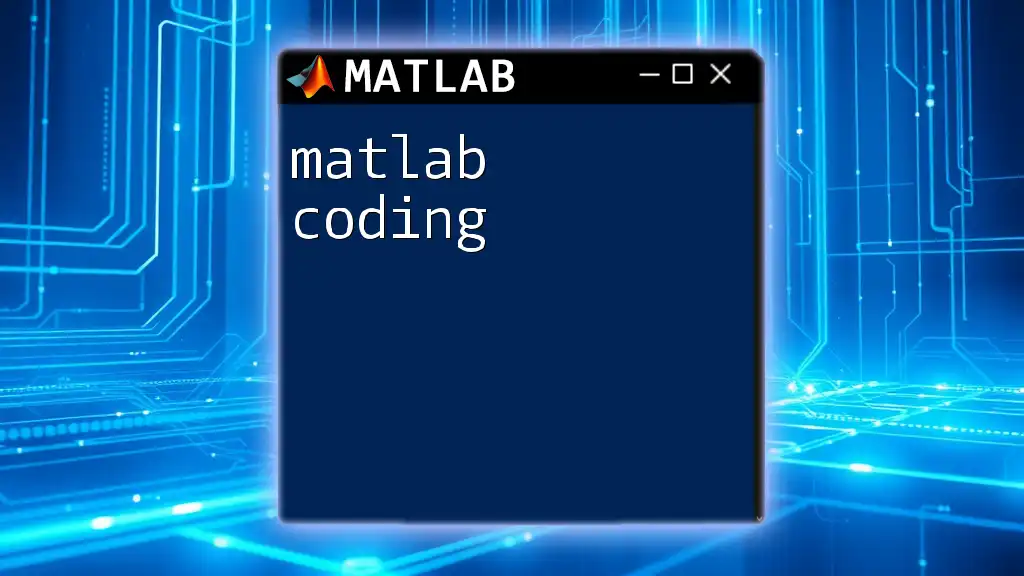
Advanced Command Window Features
Using Variables
The Command Window is not only for calculations; it also functions as a space for creating and manipulating variables. You can have complex expressions involving multiple variables and observe their behavior in real-time. Here’s an example:
>> x = 7;
>> y = x^2
In this scenario, `y` is computed as the square of `x`, resulting in `y` being equal to 49. Understanding variable scope is also essential, as variables created in the Command Window can be accessed in scripts and functions, provided they remain in your workspace.
Printing and Formatting Outputs
Displaying information in MATLAB is made easy with built-in functions such as `disp()` and `fprintf()`. While `disp()` provides a simple way to show text or variable values, `fprintf()` offers more control over output formatting.
Example:
>> disp('The value of y is:')
>> fprintf('%d\n', y)
The first command displays a message, while the second command outputs the value of `y`, resulting in:
The value of y is:
49
The distinction between these functions becomes crucial when you need to output data in a specific format.
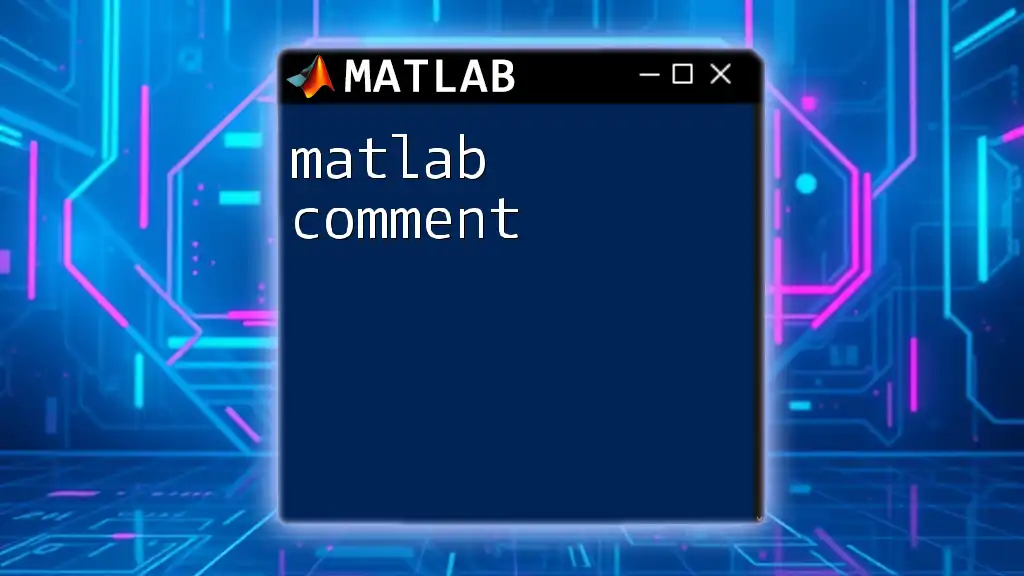
Customizing the Command Window
Preferences and Settings
MATLAB allows for a personalized user experience by providing options to customize various settings in the Command Window. You can change properties such as font size, colors, and window layout to suit your preferences and to improve readability. This customization enhances your productivity, especially during long coding sessions.
Shortcuts for Efficient Use
Creating custom keyboard shortcuts for frequently used commands can save time. MATLAB has a default set of shortcuts, but you can modify these or add your own, streamlining the workflow in the Command Window.
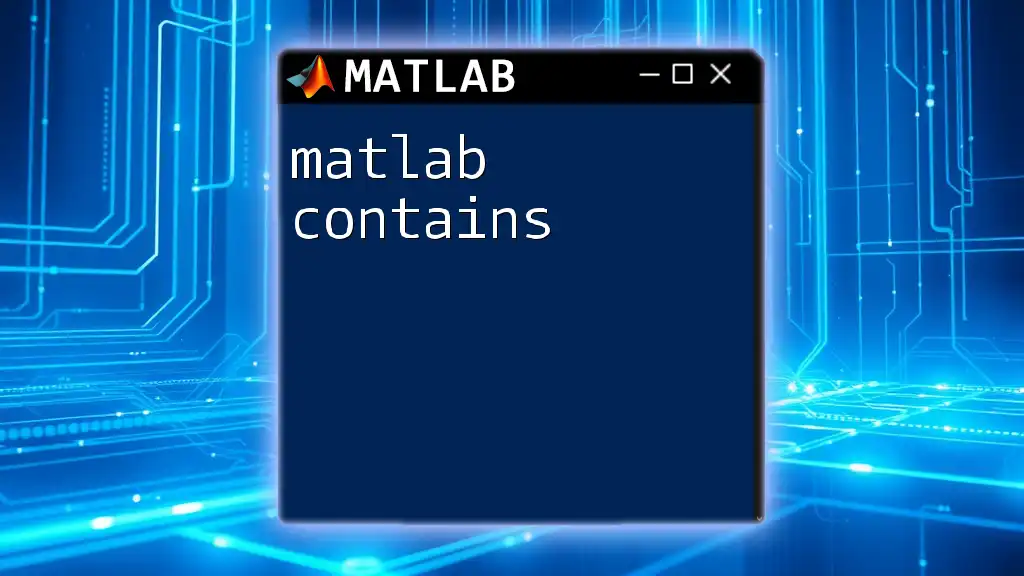
Debugging in the Command Window
Basic Debugging Techniques
The Command Window is also an effective tool for debugging your code. You can use commands like `dbstop` to set breakpoints, allowing you to pause execution and inspect variable values. For example:
>> dbstop if error
This command stops execution whenever an error occurs, enabling you to identify and resolve issues more easily. As you inspect values, you can evaluate expressions on the fly, facilitating a more interactive debugging process.
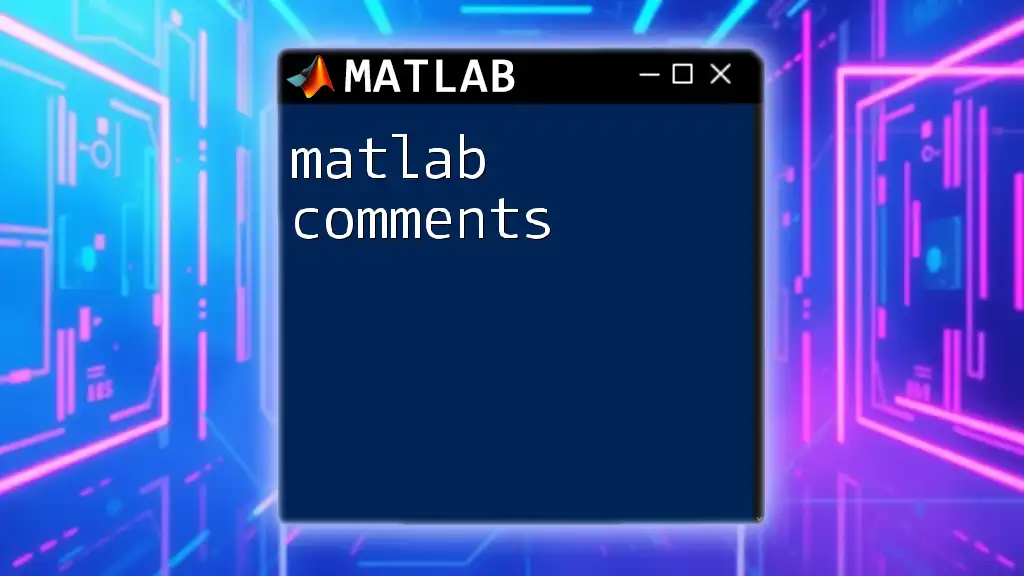
Common Issues and Troubleshooting
Error Messages and Solutions
Understanding MATLAB error messages is crucial for effective troubleshooting. The Command Window will often provide detailed information about the nature of an error, which can guide you in making corrections. Common errors might include incorrectly formatted commands or attempts to access non-existent variables.
To find solutions, you can use the `help` and `doc` functions to access MATLAB’s extensive documentation. These resources are invaluable for quickly resolving issues and enhancing your understanding of the Command Window.
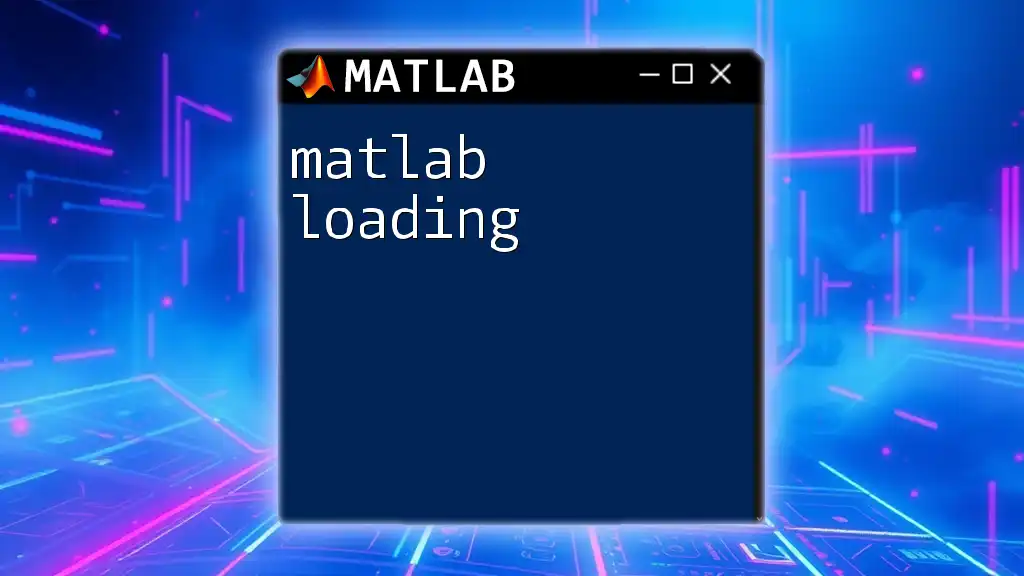
Conclusion
In summary, the MATLAB Command Window is an essential component of the MATLAB environment. It facilitates quick computations, command executions, and debugging. By mastering its features, you can significantly improve your programming efficiency and effectiveness in MATLAB. Remember to continually experiment and explore additional commands to unlock the full potential of the Command Window.
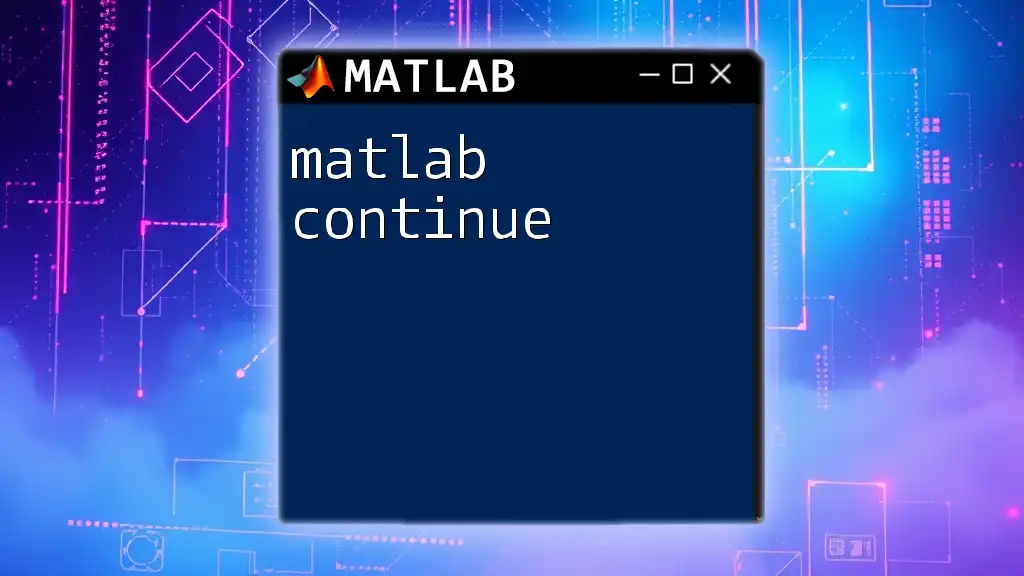
Additional Resources
For those who wish to delve deeper into the workings of MATLAB and its Command Window features, consider exploring recommended books and online courses that focus on practical applications and advanced techniques.

